Nationality French Role Architect Name Michel Roux-Spitz | Occupation Architect | |
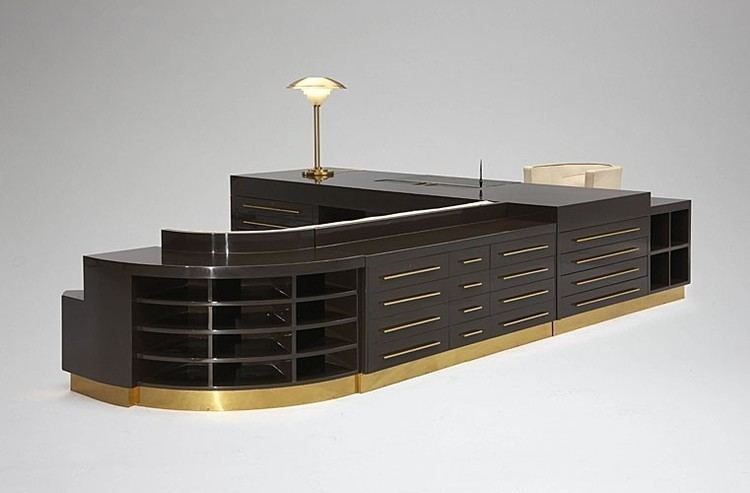 | ||
Structures Theatre de la Croix-Rousse | ||
Michel Roux-Spitz (13 June 1888 – 15 July 1957) was a French architect.
Contents
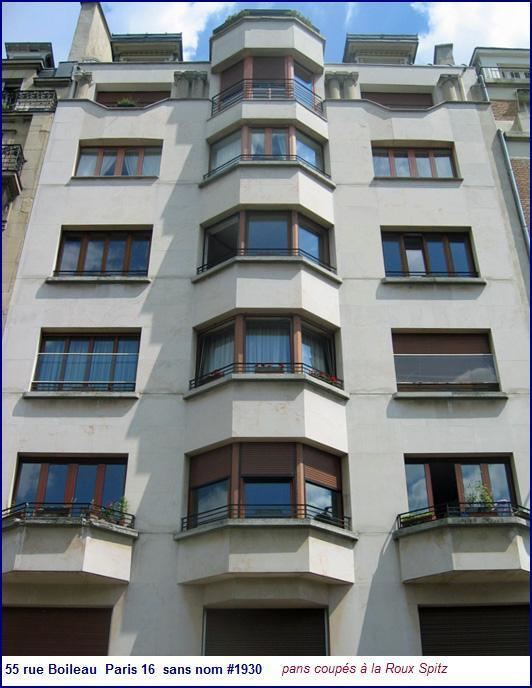
Life
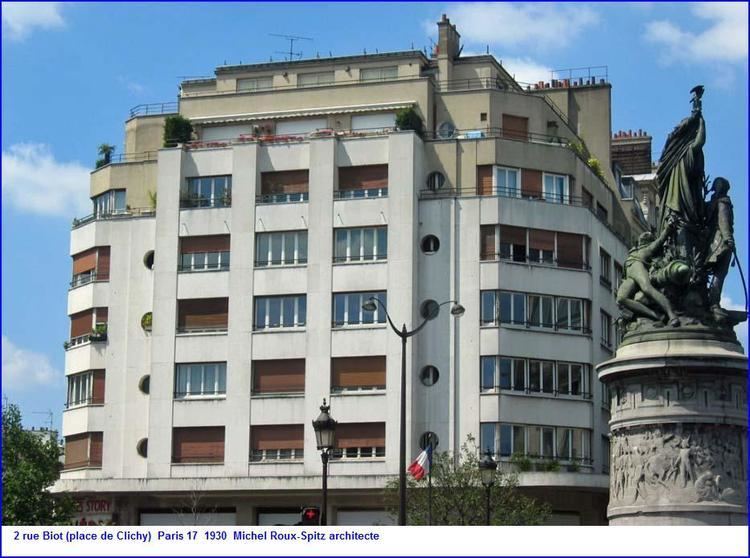
Roux-Spitz was born 13 June 1888 in Lyon. The son of an architect, he entered the École des Beaux-Arts, Lyon in the studio of Tony Garnier and then became a student in the workshop of Gaston Redon and Alfred Henry Recoura at the National School of Fine Arts in Paris. He won the Prix de Rome in 1920. He moved to Paris on his return from Rome in 1924. Influenced by Auguste Perret, he made a characteristic building of his style - with bay windows to 3 sides on the front - at 14 Guynemer street in Paris. He repeated that form in several works, such as the Quai d'Orsay, known as the "White Series".
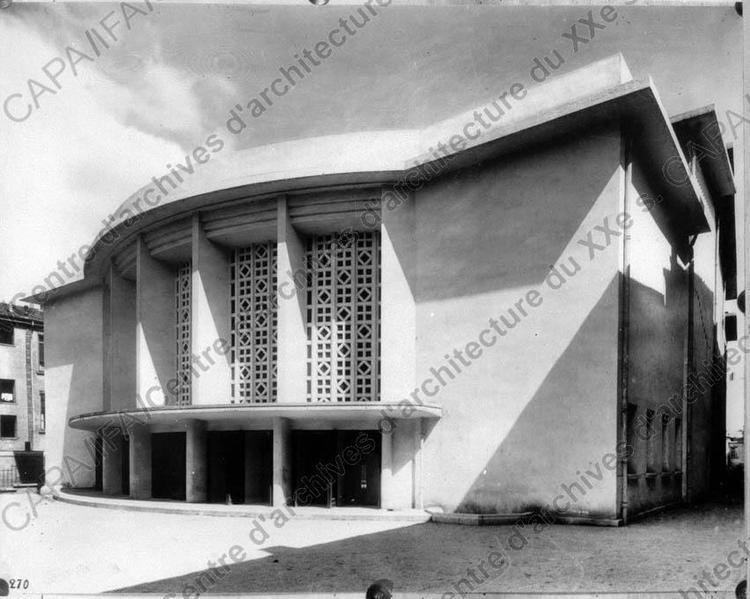
He was appointed editor in chief of The Architect between 1925 and 1932, then joined the Board of Patrons of the journal L'Architecture d'aujourd'hui in 1930. He again became editor of the French magazine Architecture between 1943 and 1950. Roux-Spitz used these various forums to defend the position of modern architects, but opposed the radical principles of Le Corbusier. He was also a professor of theory at the École nationale supérieure des Beaux-Arts in 1940.
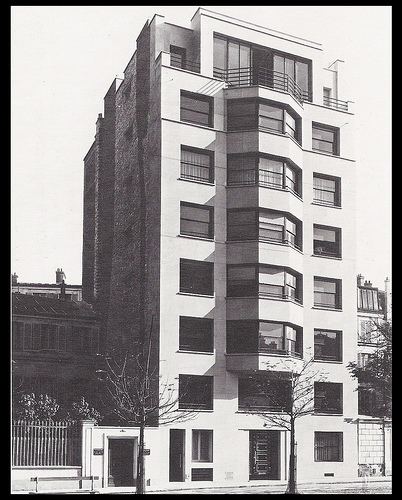
Official duties included chief architect of civil buildings and national palaces, and architect of the postal services. He was chief architect of the National Library in 1932 and remained so until 1953, in this post making a rearrangement within the current Richelieu site and construction of an annex to Versailles. On 29 March 1945, he was appointed chief architect for reconstruction of the township of Nantes. His reconstruction plan was finally approved in 1947.
Roux-Spitz died on 15 July 1957 at Dinard.
